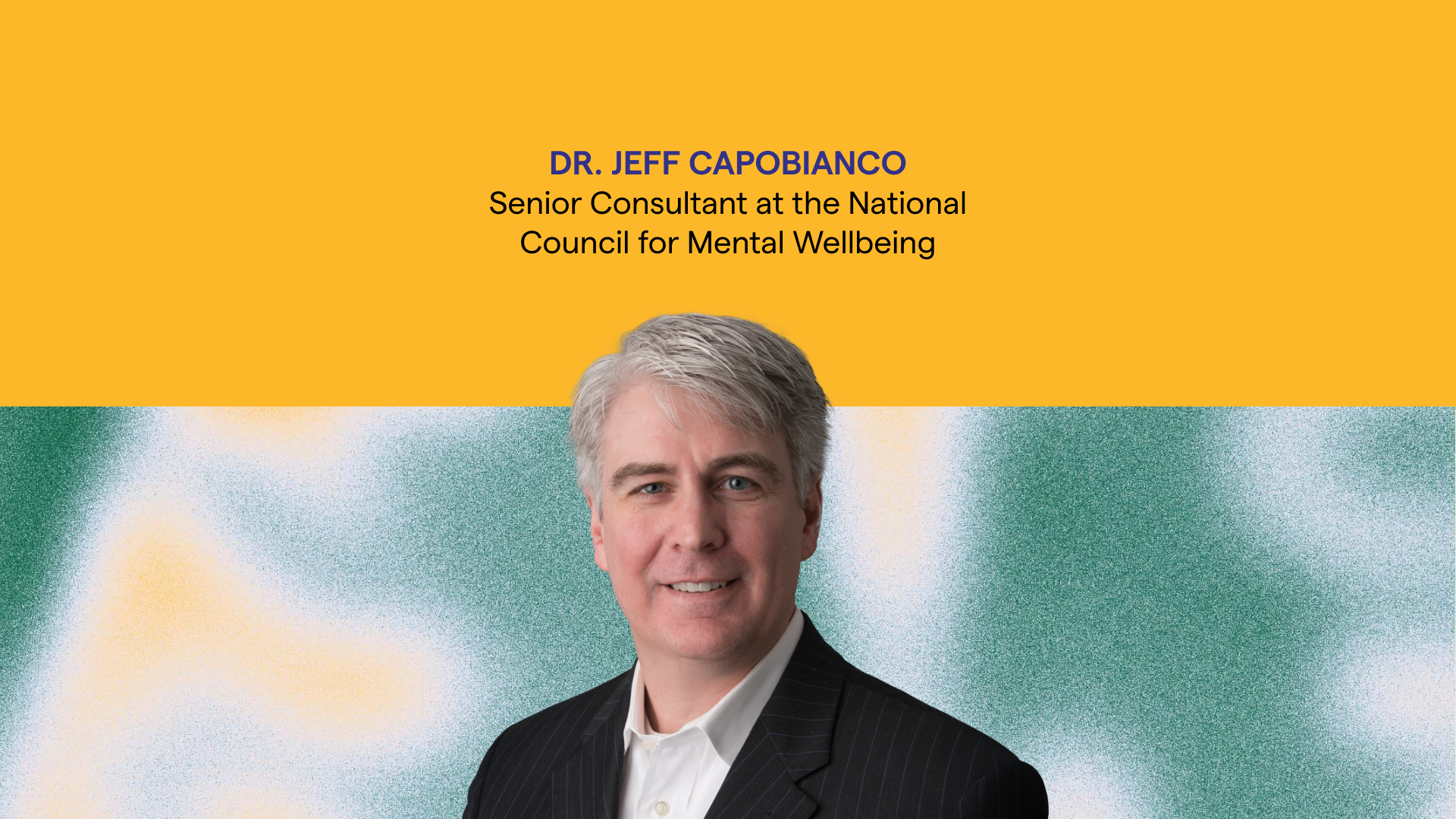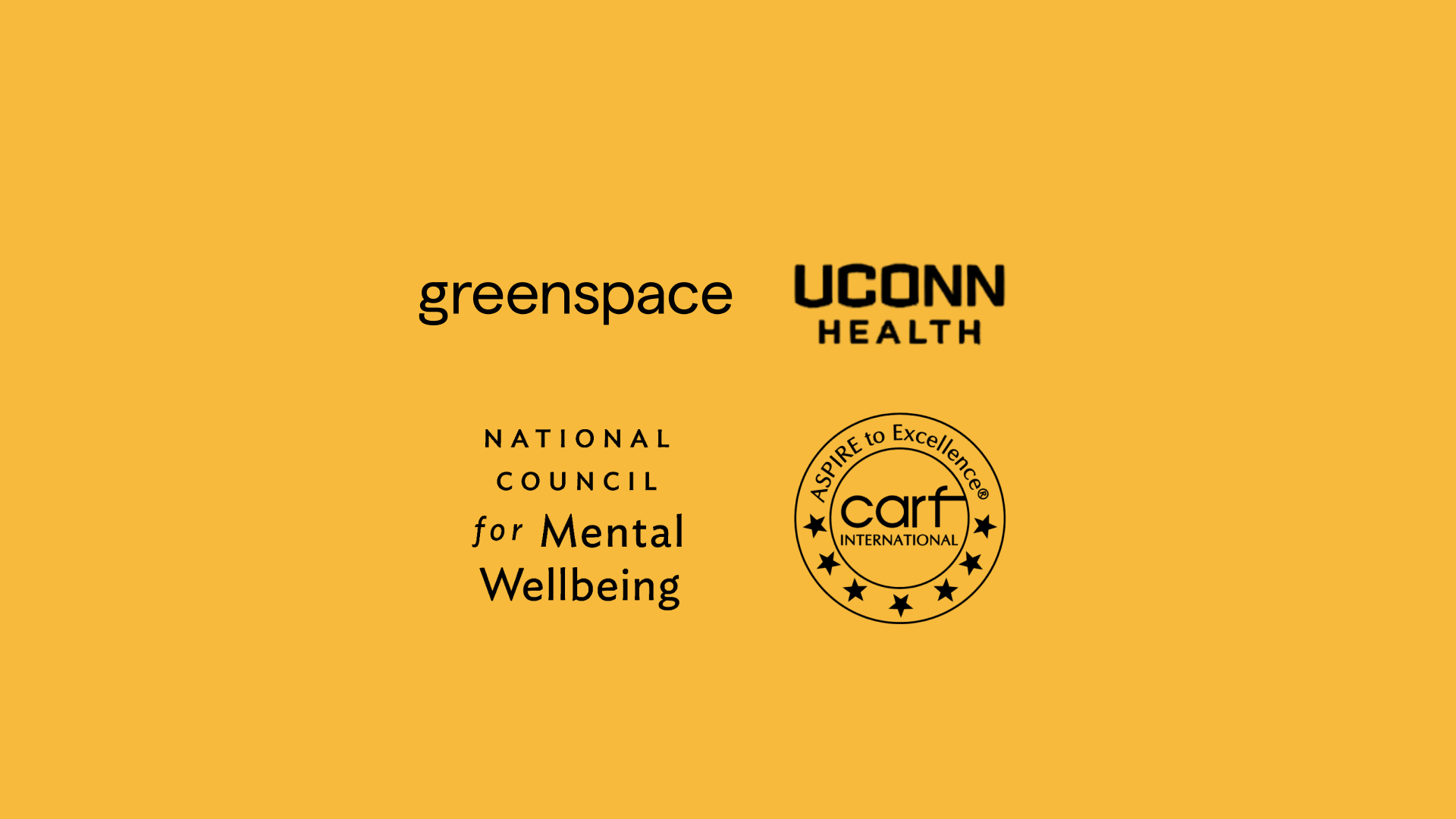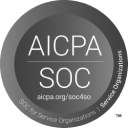
Measuring client progress in mental health and addictions treatment is an important component of evidence-based care, and has been proven to dramatically enhance treatment outcomes. However, there is also an opportunity for addictions centres to use progress measurement as a significant value-add to their services. Following discharge, very few organizations continue to track client progress in any meaningful way. This article will provide some insight into why this matters, and how it can be done.
The State of Measurement in Addictions Centres
Routine measurement of client symptoms and progress within addictions centres is becoming the norm (often driven by accreditation standards through Joint Commission CARF, etc.). Given that 30% to40% of clients in addictions treatment often have underlying undiagnosed or untreated mental health symptoms, there is clear value if only for the purpose of screening. And in the context of residential services, the implementation is not so challenging. Clients are a captive audience. Administering paper forms or even tablet-based questionnaires is pretty straightforward.
We see a very different story post-discharge (or even in outpatient after-care programs). It is much less likely to see an organization consistently track client progress. At the same time, research suggests that most relapses occur within the first 6 months after treatment; and the 12-month period is crucial in creating a sustained state of remission. Once a client leaves the safe space of a treatment program and returns to their home environment, on-going support becomes crucial in achieving a successful outcome.
In addition to the potential impact on client recovery, there is also the case to be made that an effective model for post-discharge measurement is necessary to properly evaluate the efficacy of care. It is human nature to believe that we are better than we actually are.Studies have shown that numbers related to long-term outcomes vary widely, and tend to be much lower than what many addiction treatment centres claim them to be.
Ultimately, this is a symptom of poor quality data. For most organizations that try to track these outcomes, surveys are infrequent (3, 6 and 12 months) and only capture responses from a minority of the client population. We tend to hear of response rates in the range of 5-15%.
A Better Model for After-Care Measurement
Our team would propose a better model for measuring client progress and outcomes following inpatient addictions treatment. It involves the following elements:
- Automated delivery of assessments by email or text message (SMS)
- Consistent completion (ie. every 4 weeks)
- Tracking addictions, mental health, functioning and any other factors important to a client’s successful outcome.
To support with this model, Greenspace has developed a technology solution that simplifies routine measurement. First, assessments can be sent to clients via email or text message, on an automated schedule determined by a clinician or admin. This drastically decreases the administrative burden on the organization. Second, the available assessments hosted on the platform are flexible (measuring mental health, functioning and addictions). Organizations could also develop custom assessments to track key success factors they have identified, as well as satisfaction surveys. Third, the ongoing results are available to clients, clinicians and the organization. This allows a program manager to be proactive in supporting off-track cases.
The diagram below is an example of what an assessment schedule following discharge could look like. This could be (i) standardized throughout the organization, (ii) standardized by program, or (iii) tailored for each client.

What is the Value to an Addictions Centre?
1. Better client outcomes.
During treatment, clinicians who use patient reported outcome measures (PROMs) as part of their practice are able to better identify and treat functional and psychological symptoms concurrently. This has been demonstrated to drive a higher level of client improvement. Monitoring clients after treatment allows clinicians to identify off-track clients and bring them back into treatment. This also gives clients a better ability to monitor their own progress, and self-identity when they are at risk to refer themselves back into treatment.
2. Clear outcome data for the organization.
This model of measurement generates clear data on program outcomes and efficacy. This can be used to inform decision making and quality improvement initiatives. It can also be used to compare against industry benchmarks in order to identify areas for improvement.
3. Business Development / Increased Revenue.
Firstly, the outcome data can be used as a business development tool. An organization can more clearly demonstrate their quality of care to partners, and potentially to funders. As one example, we have seen organizations segment the data for a specific referral stream in order to provide a customized ‘outcome report’ for that partner.
Second, this model of measurement involved consistent touch-points with clients in outpatient or after-care programs. It has been shown to increase client engagement and reduce drop-out rates. It also presents an opportunity to bring off-track clients back into services when needed (either through outreach or a self-referral).
If you have any interest in learning more about how Greenspace has supported addictions treatment teams, please don’t hesitate to contact us.
Related Resources













